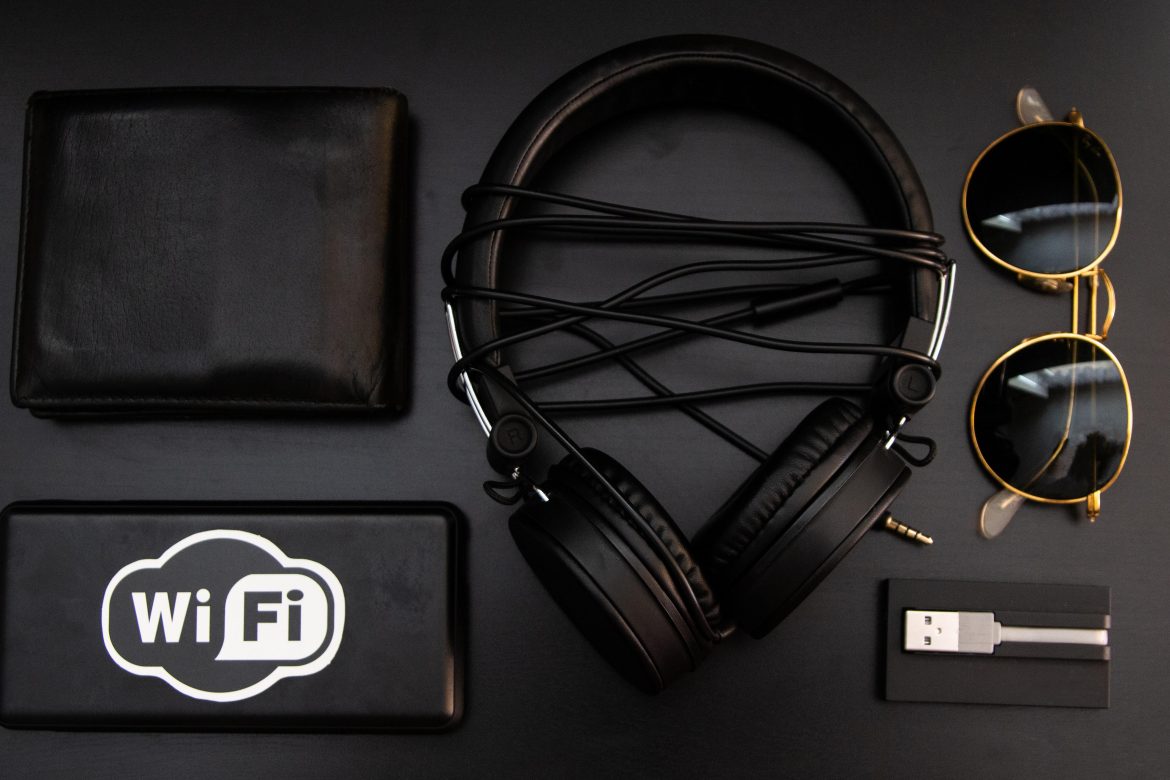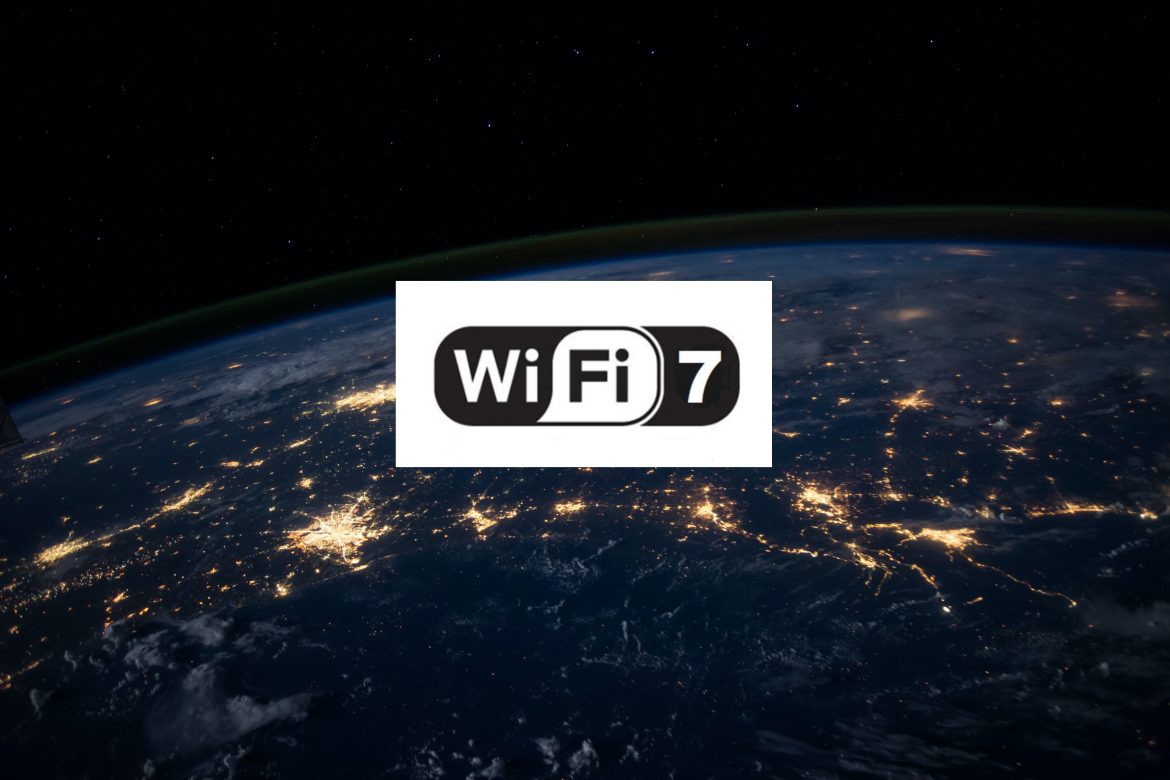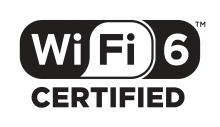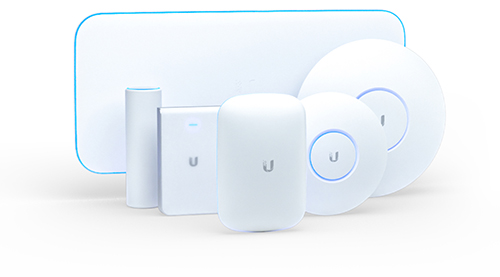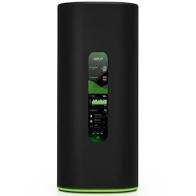We all want the best connection possible – Whether that’s wireless or wired. Here at Geekabit, we love all things Wi-Fi, but even we will admit when a wired Ethernet connection could bring more stability and reliability.
The Wi-Fi cimmunity is all a-buzz with talk about Wi-Fi 7 and the latest improvements it will bring to the wireless world. But will it replace internet via wired Ethernet cables? Theoretically, Wi-Fi 7 should have a top speed that would make it a worthy opponent of LAN’s. But that wouldn’t be the case in all situations.
Let’s take a closer look.
What is Wi-Fi 7?
This next generation of wireless technology is well on the way. And with the promise of even higher data rates and lower latency than the current Wi-Fi 6 offering!
Wi-Fi 7 (or 802.11be to be technically correct), in comparison to Wi-Fi 6, will:
- Use multi-band/ multi-channel aggregation and operation
- Deliver higher spectrum and power efficiency
- Have better interference mitigations
- Offer higher capacity density
- Have higher cost efficiency.
As a result of the projected ability for it to support up to 30Gbps throughput, this seventh generation of Wi-Fi is also being referred to as Wi-Fi Extremely High Throughput. It will be approximately 3 times faster than Wi-Fi 6.
How does Wi-Fi 7 work?
The Wi-Fi engineers over at IEEE are proving that there are still ways to enhance and improve Wi-Fi – Even since Wi-Fi 6. As we’ve set out above, Wi-Fi 7 will not only give another boost to Wi-Fi connectivity, but also significant improvements in performance whilst further reducing latency.
But how?
Wi-Fi 7 doubles the channel size
With Wi-Fi 7, we see the maximum channel size double, going from 160MHz to 320Mhz. This also means that the throughput is automatically doubled as well. Not only that, but it’s more flexible too, enabling networks to run with either one channel (at 320Mhz) or two channels (each at 160Mhz). Therefore you can match the network to the requirements of your applications.
Wi-Fi 7 doubles the number of MU-MIMO spatial streams
The throughout is also doubled via the available MU-MIMO spatial streams which increases from 8 to 16, again doubling what’s available. The connection is shared equally, dividing the bandwidth into separate streams using Multiple-user, multiple-input multiple output (MU-MIMO) technology.
We tend to see quite a bit of congestion from multiple endpoints attempting to access the wireless network at the same time – But MU-MIMO helps to reduce this congestion. Not only that, but it supports bi-directional functionality. This means that the router and both accet and send data at the same time. Something that was limited to just downlink transmission with Wi-Fi 5!
Wi-Fi 7 quadruples the QAM
Quadratic Amplitude Modulation (QAM) is increased with Wi-Fi 7 from 1024 to 4096. It is expected that this increase will enable the delivery of an additional 20% in throughput. It’s this that takes us from Wi-Fi 6’s 9.6Mbps to Wi-Fi 7’s 46Mbps.
Wi-Fi 7 offers Multi-link operation (MLO)
The great thing about MLO is that devices can transmit and receive across all of the available frequency bands (2.4Ghz, 5Ghz and 6Ghz), simultaneously. What does this mean?
- It improves performance
- It reduces latency
- It boosts reliability
- In IoT or IIoT environments, specific channels can have pre-assigned data flows based on the requirements of the application or device
- Networks can be dynamically configured so that they can select the frequency band that has the lowest congestion in real time, sending data over that preferred channel
Wi-Fi 7 offers Multi-AP operation
The functionality available in current and previous Wi-Fi standards meant that each access point acted independently when accepting connection requests from endpoints and moving traffic back and forth to that endpoint. The Multi-AP operation with Wi-Fi 7 uses mesh technology to configure neighbouring AP’s so that they can coordinate with each, thus improving the utilisation of the spectrum and resources. Network engineers can use Multi-AP operation to program a set of APs to form a subsystem and accurately coordinate channel access and transmission schedules.
Time-sensitive networking (TSN) with Wi-Fi 7
What is TSN? Time-sensitive networking is an IEEE standard to help increase reliability and lower latency. Wi-Fi 7 supports this TSN. It was originally designed to help reduce buffering and latency in Ethernet networks by using time scheduling. This ensures the reliable delivery of packets in real-time applications.
Multi-RU and WI-Fi 7
Using OFDMA (orthogonal frequency division multiple access), Resource Units are assigned to individual clients to enable access points to communicate simultaneously with multiple clients. Multi Resouce Units increase the spectrum efficiency, ensuring that traffic avoids any interference on congested channels.
Wi-Fi 7 and deterministic low latency
Wi-Fi 7 will be able to support real-time applications like AR, VR and IoT due to the combination of the above technologies decreasing latency. In certain situations, for example some industrial automation applications, it’s important that there is not a wide variance in latency. Deterministic low latency with Wi-Fi 7 will be great for this – It means that it will not spike beyond a certain limit.
What are the benefits of Wi-Fi 7?
You might be thinking that the current Wi-Fi standard is good enough for you and your business connection needs. But the thing is, the wireless traffic load is only going to grow year on year and over time, organisations are going to have no choice but to embrace (and need) digital transformation. So whilst what you have now may well be sufficient, it might not be the case in forever.
We are all well aware that the business operations that were once done manually are now being done digitally. This also means that the amount of data we use and need to move is growing all the time.
Digital transformation means that not only has paper turned digital, but processes that were once quite simple are now much more complex, interconnected with others and across multiple applications.
The improvements and enhancements we will see with Wi-Fi 7 have been designed to accommodate the increased traffic and data we are seeing from digital transformation.
So – Will Wi-Fi 7 replace Ethernet?
Perhaps the biggest gane changer when it comes to Wi-Fi 7 is that it could in fact replace wired Ethernet in certain circumstances. We’re thinking in offices where everything is all completely wireless, everything unplugged, IT staff could use Wi-Fi 7 instead of having ti run wires and cables through ceilings, walls and office space. Pretty handy!
We also talked about the speed of Wi-Fi 7 earlier. Theoretically the maximum speed is 46Gbps. Even in real-world estimates where we’re talking much lower speeds of 6Gbps, Wi-Fi 7 is still faster than Gigabit Ethernet.
When it comes to comparing Wi-Fi 7 and Ethernet, it’s worth considering bandwidth and endpoints. Wirelessly, the bandwidth is shared among endpoints. With Gigabit Ethernet, each endpoint has dedicated delivery of gigabit circuits.
Whilst this may sway you back towards Ethernet, don’t forget that wireless networks, particularly ones using Wi-Fi 7, can use multiple antennas and streams. With the meshing of AP’s with Wi-Fi 7, it might be wise to test the real-world performance to analyse what is necessary for your environment. It can get quite complex, but is definitely necessary when designing and deploying a new network or updating your current malfunctioning one.
There are tech experts that are expecting Wi-Fi 7 to be a strong contender to replace Ethernet connections for super-high-bandwidth applications. It’s expected that the advances we’ll be seeing with Wi-Fi 7 will make it a very attractive option for a broad range of devices, applications and industries.
Here at Geekabit, our Wi-Fi experts think it’s a bit early to predict whether or not Wi-Fi 7 will replace Ethernet on a large scale for enterprise LAN connectivity. On paper there may be a chance, but the low-maintenance predictability of Ethernet may make IT teams hold off replacing it for Wi-Fi 7.
Many IT departments already enjoy the best of both worlds, utilising a pre-existing Ethernet LAN with a wireless network added on top. We don’t see why Wi-Fi 7 and Ethernet can’t co-exist, with Wi-Fi 7 being the primary network and good old, trusty Ethernet in the background quietly waiting as a backup.
Get in touch with our Wi-Fi Experts
If you are wondering whether you should repace your Ethernet cables with Wi-Fi, or the other way around, then do get in touch with our Wi-Fi experts here at Geekabit. We can help advise what would work best for you and get a network designed and installed for your individual needs. Let’s solve your Wi-Fi woes and get reliable internet into your home office! You can get in touch on 0203 322 2443 (London), 01962 657 390 (Hampshire) or 02920 676712 (Cardiff).

